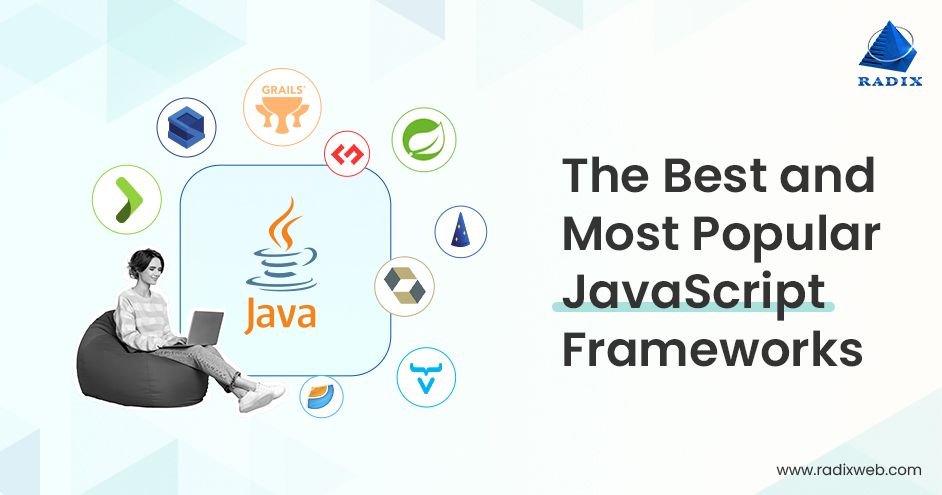
Introduction
Overview of JavaScript Libraries
JavaScript libraries are pre-written collections of code that help developers streamline their work. Think of them as toolkits; they offer a wide range of ready-to-use functions that enhance web applications without requiring you to write everything from scratch. Popular libraries like React, Angular, and Vue.js simplify the processes of building user interfaces, managing data, and creating dynamic web applications.
This allows developers to focus on what really matters—crafting an engaging user experience. Each library comes with its unique features, and choosing the right one can make all the difference in development speed and efficiency.
Importance of Using JavaScript Libraries
Using JavaScript libraries not only saves time but also boosts code quality. Here are key reasons why they are essential in modern web development:
- Efficiency: Quickens the development process by reusing existing code.
- Community Support: Many libraries have large communities which means more resources and troubleshooting help.
- Optimized Performance: Libraries are optimized for performance, so you don’t have to start from zero.
In my experience, leveraging libraries has allowed me to create rich, interactive applications without becoming overwhelmed by complex code. Thus, staying ahead of the curve with these essential JavaScript libraries is not just beneficial—it’s essential for any developer looking to excel.
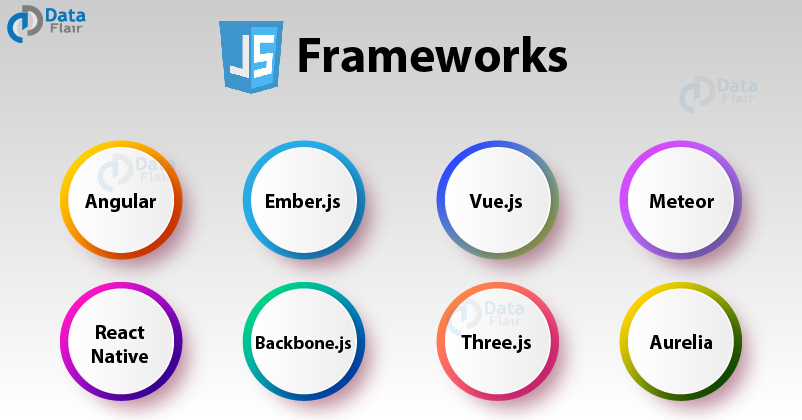
Popular JavaScript Libraries
React
React is perhaps the most talked-about JavaScript library today, and for good reason. Developed by Facebook, it allows developers to build user interfaces using reusable components. This modular approach not only speeds up development but also makes code easier to maintain. In my own projects, I’ve found that React’s virtual DOM improves performance, making applications smoother and more responsive.
- Key Features:
- Component-based architecture
- Efficient updates with virtual DOM
- Strong community support
Angular
Angular, developed by Google, is another powerhouse in the world of JavaScript libraries. It’s a full-fledged framework that offers a robust set of features for building large-scale web applications. However, its steep learning curve can be daunting for beginners. Despite this, the benefits are clear: a cohesive structure helps manage complex projects smoothly.
- Key Features:
- Two-way data binding
- Dependency injection
- Comprehensive routing solutions
Vue.js
Vue.js strikes a balance between React’s simplicity and Angular’s robustness. It’s user-friendly while still offering powerful features that allow developers to create dynamic applications. I recently adopted Vue.js for a hobby project, and its reactive components made managing state changes effortless.
- Key Features:
- Reactive data binding
- Detailed documentation
- Modular architecture
By exploring these popular libraries, developers can make informed choices that align with their project requirements and personal preferences. Each offers unique advantages that can significantly enhance both the development process and the final user experience.
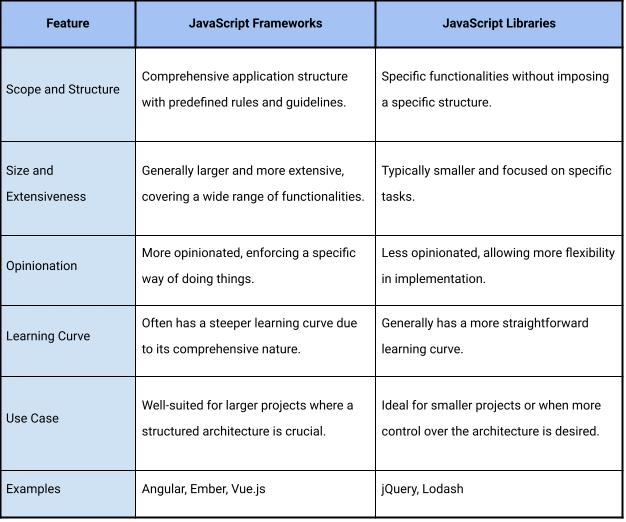
Essential Utility Libraries
Lodash
When it comes to simplifying JavaScript programming, Lodash stands out as an indispensable utility library. It provides a suite of functions that help with tasks such as data manipulation and array handling. In my experience, Lodash has dramatically reduced the amount of boilerplate code I write, making my codebase cleaner and more efficient.
- Key Features:
- Collection and array manipulation
- Function debouncing and throttling
- Easy deep cloning of objects
Moment.js
Date and time manipulation can often be tricky, but Moment.js takes away the complexities. This library provides a simple API for parsing, validating, and formatting dates. I’ve used Moment.js in various projects, especially when dealing with user inputs across time zones, ensuring accuracy and consistency.
- Key Features:
- Formatting and parsing dates
- Timezone support
- Duration and relative time calculations
Axios
Another essential utility in web development is Axios, a promise-based HTTP client. It simplifies making asynchronous requests and managing responses. In an age where fetching data from APIs is commonplace, Axios has become my go-to library. Its clean syntax and ease of use make handling API calls straightforward.
- Key Features:
- Intercepting requests and responses
- Automatically transforms response data
- Supports request cancellation
Together, these essential utility libraries enhance developer productivity, making complex tasks manageable and allowing for a more enjoyable coding experience. Adopting these tools can significantly streamline your workflow, ensuring you stay ahead of the curve in your JavaScript projects.

Data Visualization Libraries
D3.js
When it comes to creating dynamic and interactive data visualizations, D3.js is a frontrunner in the game. This powerful library leverages HTML, SVG, and CSS to bring data to life, giving developers incredible flexibility in crafting visual experiences. I remember using D3.js for a project where I wanted to illustrate complex datasets, and the results were truly mesmerizing.
- Key Features:
- Customizable and highly interactive visualizations
- Binding data to DOM elements
- Supports a wide range of formats including JSON and XML
Chart.js
If you’re looking for a more straightforward option, Chart.js is a great choice. It’s lightweight, easy to use, and perfect for simple chart types like bar, line, and pie charts. I often use Chart.js for dashboard visualizations because it allows for quick integration and immediate results without overwhelming options.
- Key Features:
- Simple API with extensive capabilities
- Beautifully animated transitions
- Responsive design for various screen sizes
Plotly.js
For those needing a bit more; Plotly.js provides an excellent solution for complex, scientific visualizations. It integrates well with data science workflows, enabling the creation of stunning 3D charts and graphs. I’ve found Plotly.js particularly invaluable for displaying statistical data alongside interactive features.
- Key Features:
- Supports a wide range of chart types and formats
- Built-in interactivity with hover and click events
- Export features for offline use in various formats
Utilizing these data visualization libraries allows developers to present data effectively, enhancing comprehension and engagement for users. Embracing these tools can transform the way you present information, making your projects more informative and visually appealing.
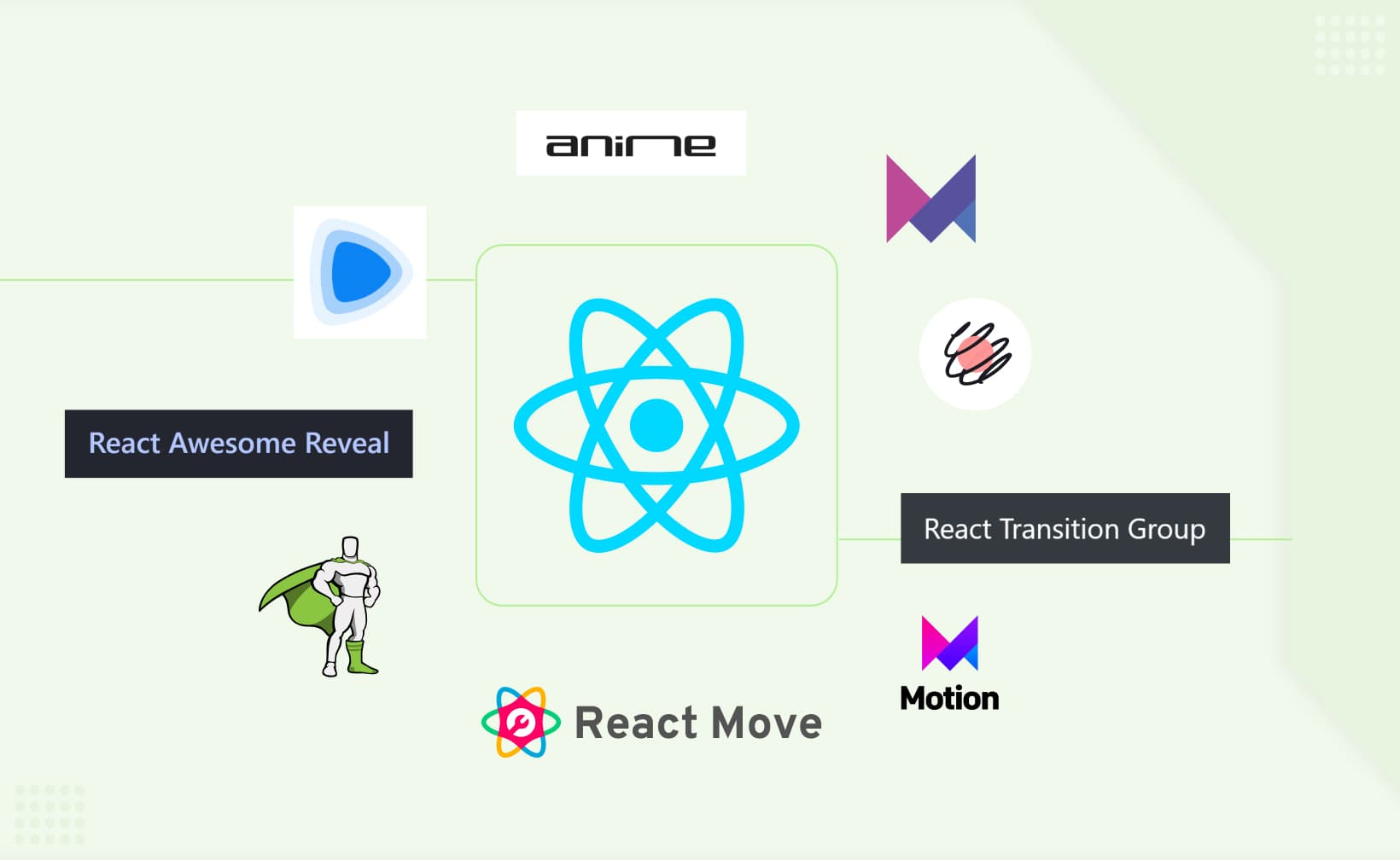
Animation Libraries
Anime.js
When it comes to adding breathtaking animations to web applications, Anime.js is a fantastic choice. This lightweight JavaScript library allows you to create complex animated sequences with minimal effort. I recently used Anime.js to animate an on-screen hero image, and the fluid transitions made a striking impact on user engagement.
- Key Features:
- Easy syntax for quick animations
- Supports CSS, SVG, and DOM attributes
- Animation timelines for orchestrated sequences
GSAP
The GreenSock Animation Platform (GSAP) is widely regarded as a robust tool for creating high-performance animations. It excels at handling complex animation tasks, enabling precise control and timelines. In a recent project, I integrated GSAP to create intricate animations that significantly enhanced the interactive elements of a landing page, making it lively and captivating.
- Key Features:
- Exceptional performance across all devices
- Fine control over animation properties
- Plugins for scroll-based animations and much more
Three.js
For those looking to delve into 3D animations, Three.js is a game changer. This powerful library enables the creation of stunning 3D graphics right in the browser. I remember being blown away when I first integrated Three.js into an e-commerce project, crafting a 3D product viewer that set the website apart from competitors.
- Key Features:
- Extensive support for 3D models and animations
- Interactive scenes with lighting and textures
- Capability for VR experiences in the browser
These animation libraries enrich the user experience by bringing elements to life in visually appealing ways. Whether for subtle transitions or eye-catching 3D displays, leveraging these tools can enhance your web projects dramatically, keeping your audience engaged and interested.
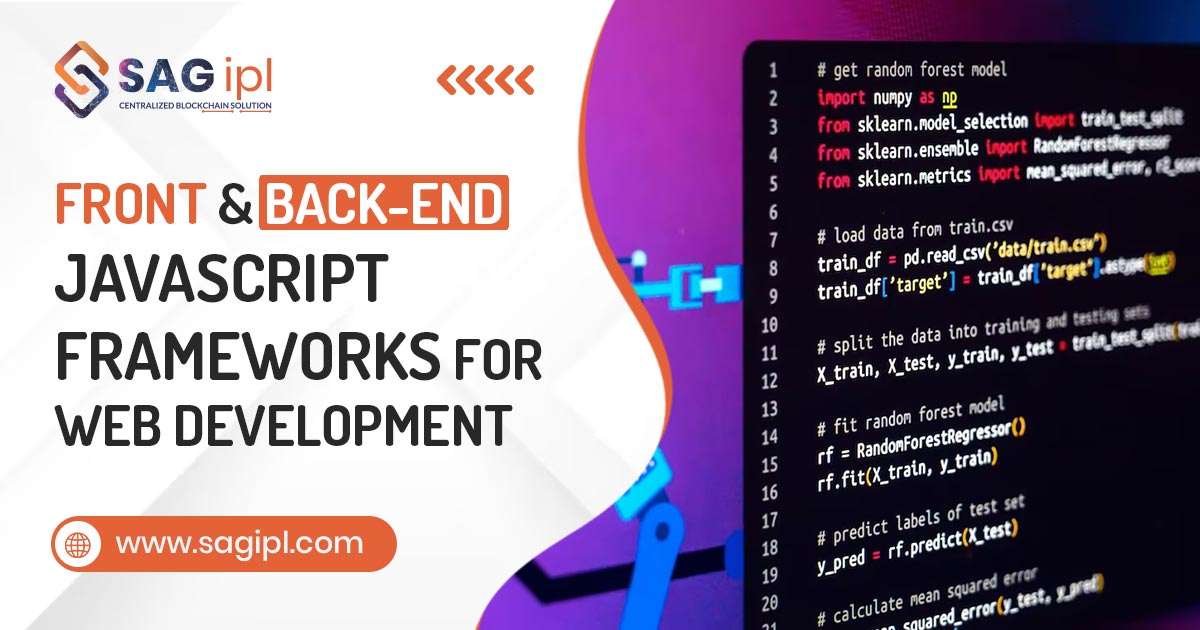
Testing Libraries
Jest
When it comes to testing JavaScript applications, Jest has made quite a name for itself, especially in the React community. Developed by Facebook, Jest is known for its simplicity and providing an out-of-the-box experience. I remember using Jest for automated testing on a recent project, and it made writing test cases feel less like a chore, thanks to its clear syntax and built-in mocking capabilities.
- Key Features:
- Snapshot testing for UI components
- Extensive mocking support
- Zero configuration needed for most projects
Mocha
Mocha is another popular testing framework that offers flexibility and a rich ecosystem of plugins. It allows you to run tests in the browser and Node.js environment, which is perfect for full-stack applications. While using Mocha in one of my projects, I appreciated its ability to structure tests in a way that mimicked the natural flow of the application, which made debugging easier.
- Key Features:
- Supports asynchronous testing
- Easy integration with other libraries (like Chai for assertions)
- Comprehensive reporting options
Jasmine
Lastly, Jasmine is a widely-used testing framework known for its behavior-driven development (BDD) style. Its clean syntax and built-in matchers make writing tests intuitive. I found Jasmine particularly useful for unit testing functions, ensuring each component of my projects worked seamlessly.
- Key Features:
- No dependencies required
- Readable and descriptive syntax
- Supports spies for tracking function calls
Using these testing libraries, developers can ensure their applications remain robust and bug-free. With automated testing in place, you not only save time but also enhance the reliability of your code, paving the way for our projects to be scalable and maintainable as they evolve.

Performance Optimization Libraries
Webpack
When it comes to optimizing JavaScript applications, Webpack is an essential tool in a developer’s toolkit. It’s a module bundler that compiles JavaScript files for usage in a browser. I personally found Webpack invaluable in a recent project where it helped reduce load times by bundling assets efficiently.
- Key Features:
- Code splitting for on-demand loading
- Built-in development server for easy testing
- Extensive plugin ecosystem for additional functionality
Babel
Babel plays an important role in performance optimization by allowing developers to write modern JavaScript while ensuring compatibility with older browsers. It transpiles ES6+ code into a version that all browsers can understand. Using Babel in my projects has helped me utilize the latest features without worrying about crashes on older platforms.
- Key Features:
- Support for the latest JavaScript syntax
- Polyfilling capabilities for newer APIs
- Easy integration with build tools like Webpack
Prettier
While not a performance tool in the traditional sense, Prettier makes your code more maintainable by enforcing consistent formatting. This leads to fewer bugs during development and smoother performance. In my experience, using Prettier helped me focus on writing high-quality code, as it automatically handled syntax differences between team members.
- Key Features:
- Opinionated code formatter that removes debates over style
- Supports multiple languages beyond JavaScript
- Integration with most editors and build systems
Incorporating these performance optimization libraries into your workflow not only enhances the speed of your applications but also improves the developer experience. With tools like Webpack, Babel, and Prettier, you can build faster, cleaner, and more robust applications that stand the test of user expectations.

Security Libraries
Helmet
In today’s web development landscape, security cannot be overlooked. Helmet is a middleware for Node.js that helps secure your web applications by setting various HTTP headers. I once integrated Helmet into an Express app, and it provided me with layers of security without much configuration effort.
- Key Features:
- Protects against common vulnerabilities like XSS and clickjacking
- Configurable to enable or disable specific security headers
- Simple implementation—just a few lines of code
DOMPurify
Another essential tool for maintaining security is DOMPurify. This library sanitizes HTML and prevents XSS attacks by cleaning user-generated content. During a recent project, I used DOMPurify when allowing users to submit content that could include HTML tags, ensuring our application remained secure from malicious scripts.
- Key Features:
- Extremely fast and efficient sanitization
- Whitelist-based policies for customizable security
- Works seamlessly with frameworks like React and Angular
OWASP
The Open Web Application Security Project (OWASP) is a prominent organization offering a wealth of resources and tools for web application security. While not a library per se, OWASP provides guidelines, best practices, and various projects specific to security. I always turn to OWASP’s resources to assess vulnerabilities in my projects, especially their Top Ten list, which highlights the most critical security risks.
- Key Features:
- Comprehensive security guidelines and best practices
- Community-driven resources for continuous updates
- Tools for vulnerability scanning and management
By leveraging libraries like Helmet and DOMPurify, along with the insights provided by OWASP, developers can significantly enhance the security posture of their applications. As the web continues to evolve, staying vigilant and proactive about security ensures a safer experience for users and peace of mind for developers.

Mobile Development Libraries
React Native
As mobile app development gains traction, React Native is quickly becoming a favorite among developers. This framework allows you to build mobile applications using JavaScript and React, enabling seamless cross-platform development. I used React Native for an intranet app, and I loved how it allowed for rapid development while maintaining a native look and feel.
- Key Features:
- Single codebase for both iOS and Android
- Hot reloading for quick feedback during development
- Access to native modules for device functionalities
Ionic
Another excellent choice for mobile development is Ionic. This framework uses web technologies like HTML, CSS, and JavaScript to create cross-platform apps. I found Ionic especially helpful for rapidly prototyping mobile interfaces, as it offers a library of UI components that are both beautiful and functional.
- Key Features:
- Utilizes Angular, React, or Vue frameworks
- Pre-built components for a responsive design
- Capacitor for native functionality and deployment
NativeScript
For developers looking for a true native experience, NativeScript is an ideal choice. This framework allows you to write apps in JavaScript, TypeScript, or Angular, with direct access to native APIs. I explored NativeScript for a project focused on performance-intensive applications and was impressed by its ability to deliver high-speed execution and smooth animations.
- Key Features:
- Native UI components for a genuine look and feel
- Direct access to native APIs
- Rich ecosystem of plugins for extended functionalities
By utilizing these mobile development libraries, developers can create high-quality applications that provide exceptional user experiences across various platforms. Each of these libraries has unique strengths, making it easier to choose the right tool depending on project requirements and personal expertise. Enhancing mobile app productivity with these resources opens up exciting new opportunities in the world of mobile development.
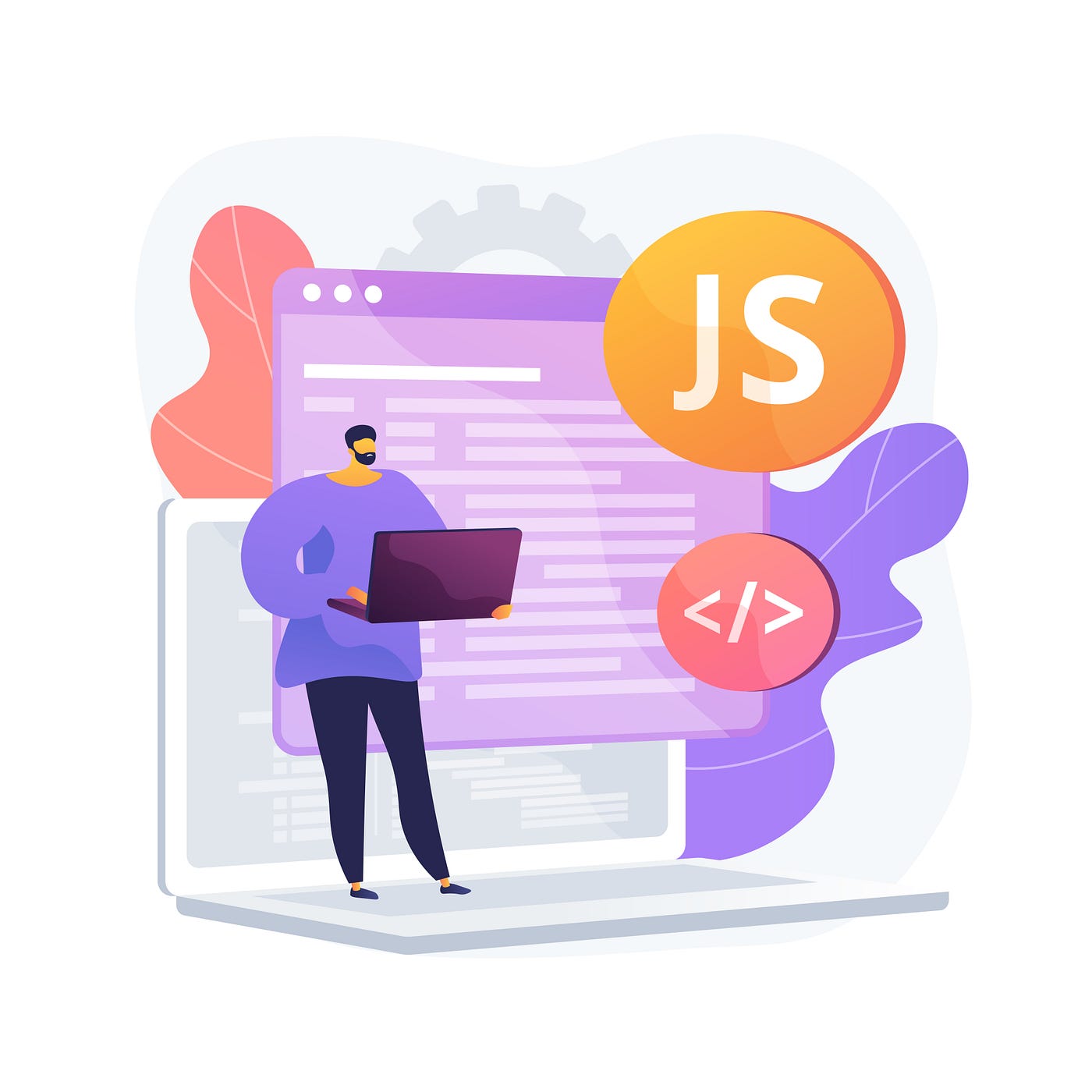
Conclusion
Advantages of Leveraging JavaScript Libraries
In conclusion, leveraging JavaScript libraries offers immeasurable advantages in modern web and mobile development. These libraries not only accelerate the development process but also enhance code quality and maintainability. Throughout my journey as a developer, I have found that using popular libraries helps me avoid “reinventing the wheel” on every project.
- Key Benefits:
- Efficiency: Faster development with reusable components and utilities.
- Community Support: Access to extensive documentation and forums.
- Focus on Innovation: Freeing up time to explore new features and improve user experiences.
Future Trends in JavaScript Development
Looking to the future, JavaScript development continues to evolve rapidly. New frameworks and libraries are emerging with each passing day, driven by the need for performance, security, and user experience. I foresee an increasing trend towards server-side rendering and static site generation with tools like Next.js and Nuxt.js, alongside the ongoing popularity of TypeScript for more robust type-checking.
- Potential Trends:
- Rise of micro-frontends for better scalability
- Enhanced integration of AI and machine learning capabilities
- Continued focus on performance optimization through the latest tools and libraries
By staying informed and embracing these advancements, developers can remain agile and competitive in the ever-evolving landscape of JavaScript development. As we continue to explore and adopt these libraries, we not only advance our projects but also contribute to the broader tech ecosystem, helping to build faster, secure, and richer applications for users around the world.
